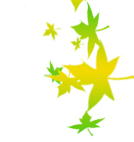Legend of Pahomie Hermitage and of Sava The Outlaw
Pahomie is the monk name of the great voyvod of Oltenia Prince Barbu Craiovescu, the founder of Bistriţa Monastery. In 1519-1520, he also builds Pahomie Hermitage, to the memory of the fact that at the Beautiful Spring, in the solitude of Buila Massif, while looking for the way through the woods for Sibiu, to get away from Mihnea the Bad, he and his men find salvation. One of his friends and companions was capitain Sava, later known as Sava the Outlaw because, during their stay, he often went down in the surrounding area to get food.


